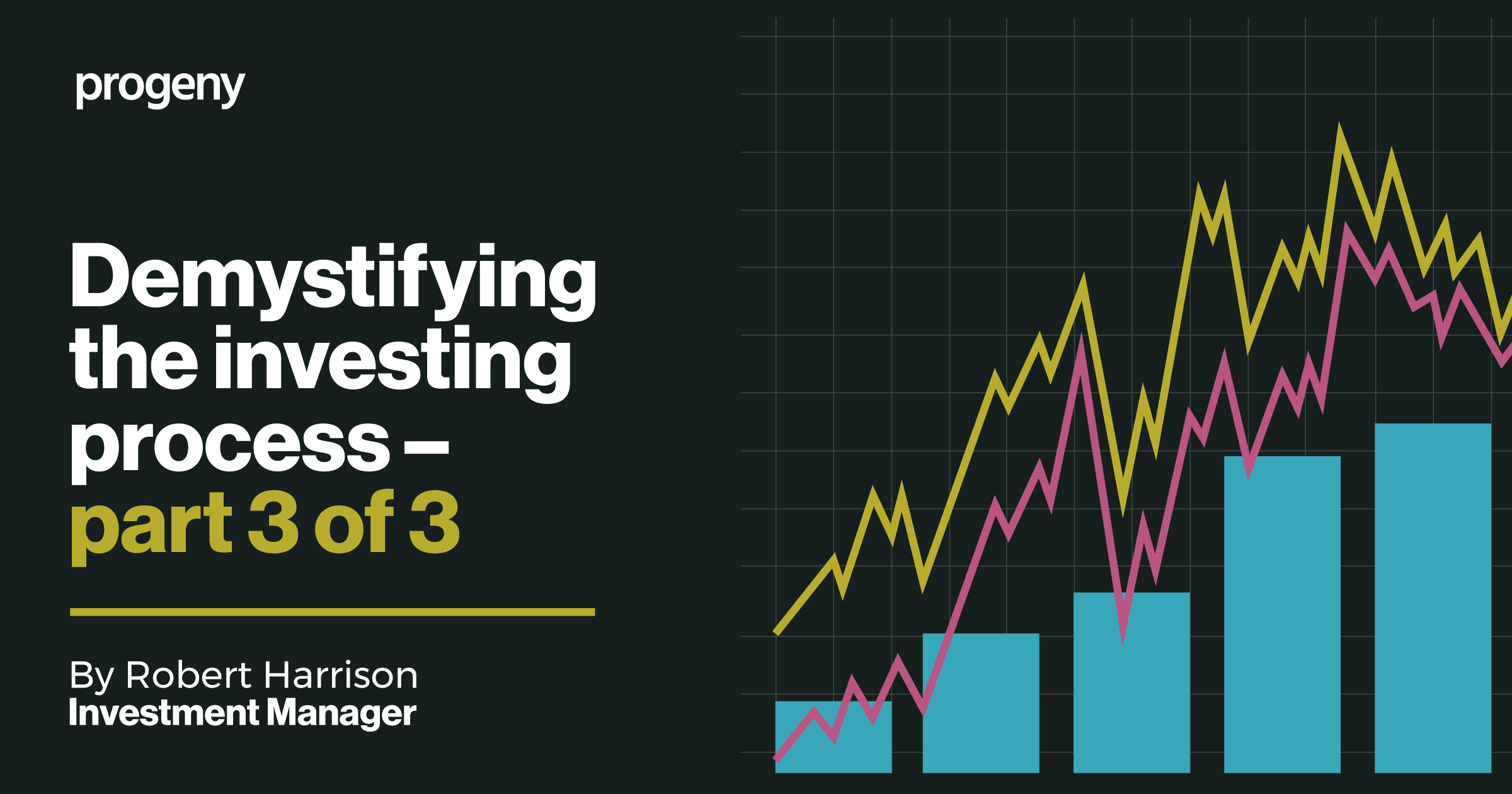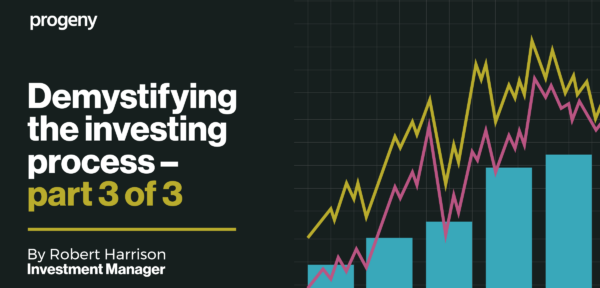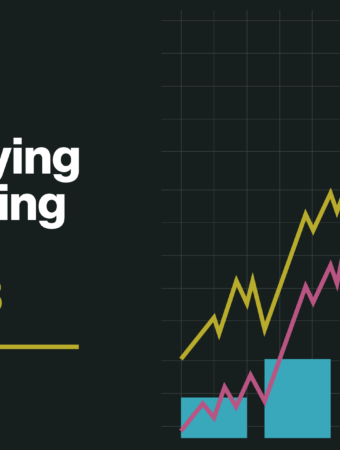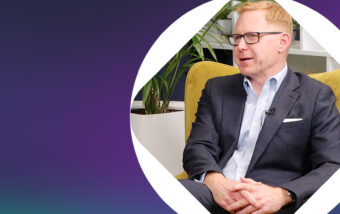
In the third and final article in the series, we will focus on the individual investor and show how investment managers bring together their knowledge of the stock market with an individual’s investment goals, to help them achieve their financial ambitions. We will also explain how a financial planner works alongside an investment manager in this process.
Constructing a portfolio for an investor
When constructing a portfolio for an individual investor, there are a number of key factors to keep in mind. Using the Progeny process as an example, these factors can be summarised as risk, reward and cost. Is the investment worth the risk it comes with? Or to look at the question the other way round: is the potential reward for the investor worth taking on that level of risk? Then, are the total costs of the portfolio justifiable for what it delivers? These are the questions and considerations that serve as the starting point for our investment selection process.
When looking at risk, we will focus on the risk of the portfolio as a whole (not just the risk of each investment in it) and how we can make the investment journey as smooth as possible for the investor. These factors apply, irrespective of your chosen investment strategy.
A key attribute when we are assembling our portfolios is diversification. A well-diversified portfolio helps manage risk by mixing a wide variety of investments in a portfolio from a range of asset types, sectors and geographies. For example, technology funds have performed well in recent years and have been a driver of strong portfolio performance. However including a large proportion of these funds in any portfolio is taking a big bet on their continued strong performance. An approach that blends investments can help build a diversified portfolio with the aim of delivering stable and steady returns and a smoother investment journey that avoids ‘feast or famine’.
Working with a financial planner
Building a portfolio for an investor should be a process of choosing the best and most appropriate investing style and investments at the correct level of risk for the individual, to help them achieve the financial results they are looking for.
This is often where a financial planner works together with the investment manager. The role of the individual’s planner is to help them in constructing a long-term financial strategy that brings together their aims with their investment needs. Their investments are the drivers that will help them achieve their objectives. Different financial objectives might require different investment pots, with separate time scales and risk levels, and so will need to be structured in a distinct way. The case study below provides an example of this.
Investing case study
Mary is 52 and she is planning on retiring at 60. She has £250k left to pay on an interest-only mortgage which she wants to pay off in two years’ time and she would like to leave some money to her young grandchildren in a trust for when they are older.
She has a number of investment pots to meet these financial objectives.
- £250k in an ISA which she is going to use to pay off her mortgage
- £800k in a Self-Invested Pension Plan (SIPP) for her retirement
- £250k in a trust for her grandchildren who won’t be able to access the money for at least another 25 years.
Mortgage – As the ISA money is going to be used to pay off the mortgage in a relatively short time (two years) the objective of this investment pot is capital preservation and Mary’s capacity for loss is very low. This would mean a very low risk investment approach would be the most suitable, as there isn’t the time scale to recover any losses if there was a market fall.
Pension – The Self-Invested Pension Plan (SIPP), which Mary will need in eight years, has a longer investment timescale. This means that it could potentially take more risk as there is a longer period of time to recover any losses should they occur. In determining the appropriate level of risk, the financial planner would also look at Mary’s capacity for loss and her future objectives. For example, if Mary is only looking at withdrawing £8k a year in retirement then she would only need a minimal return, which could be achieved with a lower level of risk. However, if she requires £80k a year in retirement then the SIPP investment will need significantly higher growth to achieve this, which will mean accepting a higher level of risk.
Trust – The money in trust for her grandchildren has the longest timescale of all the investments, at a minimum of 25 years. Mary could consider taking a higher level of risk with this as the funds are not needed for such a long time, as she has plenty of time to recover losses. Additionally, as this is different from her objectives to pay off her mortgage and funding of her pension, where she had defined target amounts earmarked and in mind, the beneficiaries might not need a set amount at a set date.
Each of these investments has a different profile, depending on their purpose, timescale and the appropriate level of risk for Mary. The investment manager and financial planner work together to structure Mary’s investments to help her achieve her financial objectives and this demonstrates the power of having all your trusted advisers in one place.
If you missed them, please do read parts one and two of this series for more on the investing process.
If you’d like to discuss your investment management needs or would like some financial planning advice, please get in touch.








